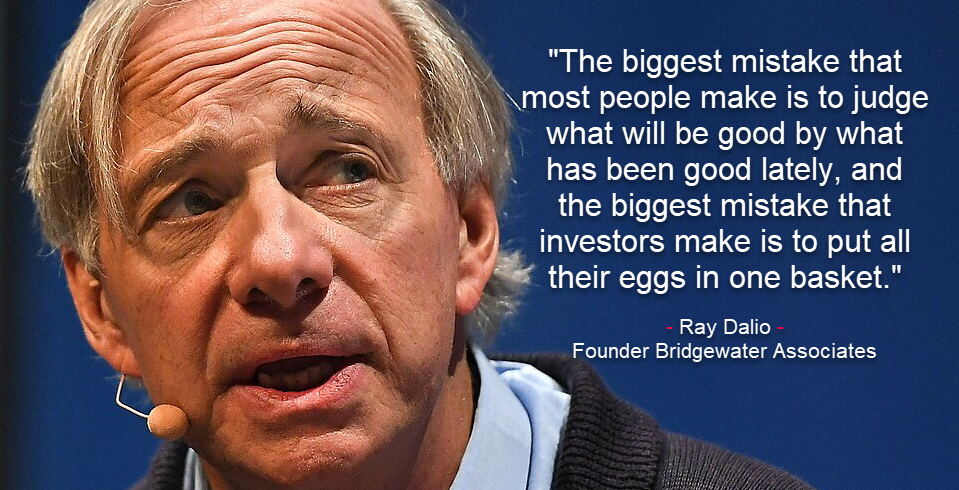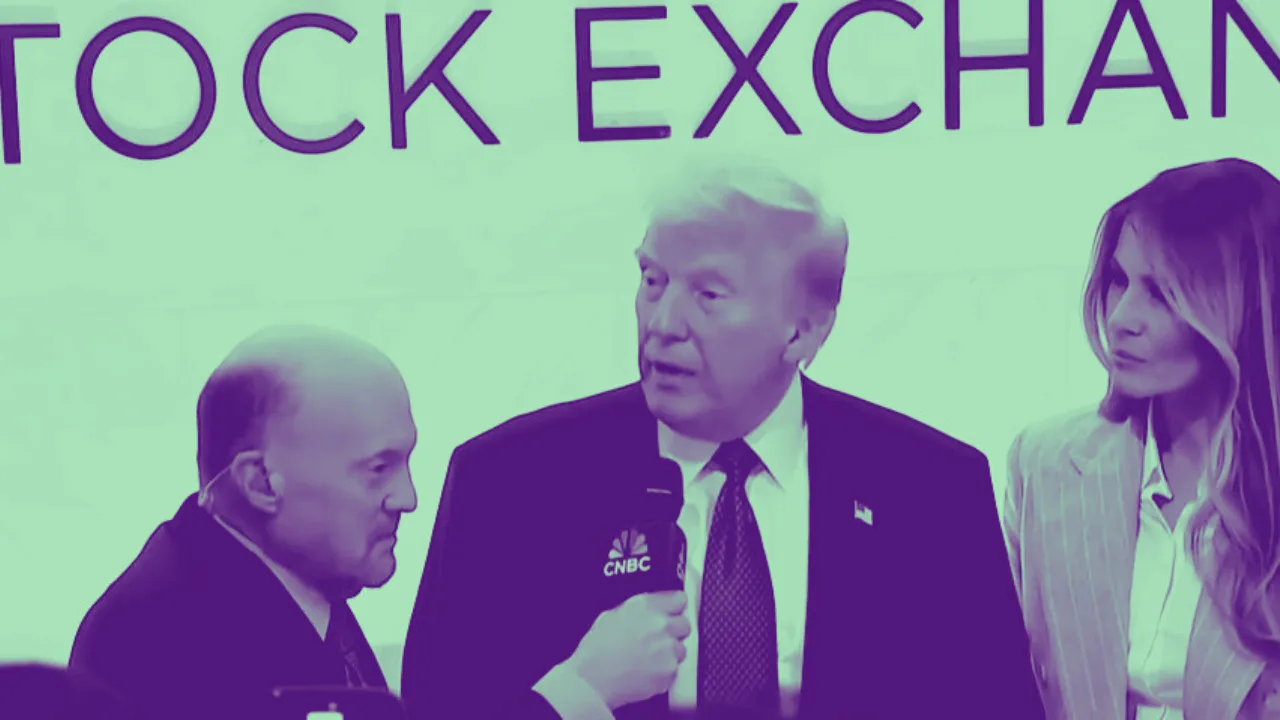What is diversification investing? Diversification investing is a strategy that involves spreading investments across various assets, sectors, and geographical regions to mitigate risk and enhance potential returns. Ray Dalio, the founder of Bridgewater Associates, is a staunch advocate of this approach. His belief in diversification investing is deeply rooted in his personal and professional experiences, which have shaped his approach to risk management and investment success.
Early Investment Mistakes
Dalio’s journey towards understanding the importance of diversification investing began with his early investment mistakes. In the 1980s, he made a significant miscalculation, predicting a major economic downturn that did not materialize. This error led to substantial losses for his firm, highlighting the unpredictable nature of markets. These early setbacks taught him valuable lessons about risk and the necessity of spreading investments across various assets to mitigate potential losses.
Founding Bridgewater Associates
In 1975, Dalio founded Bridgewater Associates, which would become one of the world’s largest and most successful hedge funds. Through years of managing investments, he observed firsthand the limitations of concentrated portfolios. These observations were instrumental in developing his “Pure Alpha” strategy, which focuses on creating returns through uncorrelated investments. This strategy underscored the need for diversification investing to achieve consistent performance.
Development of the All Weather Portfolio
The 1990s marked a significant milestone in Dalio’s career with the development of the “All Weather” portfolio. This diversified investment strategy was designed to perform well in various economic conditions, reflecting Dalio’s realization that economic cycles are inherently unpredictable. The All Weather portfolio spread investments across different asset classes, such as stocks, bonds, commodities, and currencies, ensuring a balanced risk exposure that could withstand economic fluctuations.
Lessons from the 2008 Financial Crisis
The global financial crisis of 2008 was a turning point for many investors, including Dalio. During the crisis, many who had concentrated portfolios suffered severe losses. In contrast, diversified strategies, like those Dalio championed, fared better. This event reinforced his belief that diversification investing is crucial for protecting investments against unexpected market downturns. It demonstrated that a well-diversified portfolio is more resilient in times of economic turmoil.
Economic Research and Analysis
Dalio’s extensive research into economic history and market behavior further solidified his belief in diversification investing. By studying various economic cycles, market crashes, and recoveries, he concluded that diversification is essential for managing risk and achieving long-term investment success. His commitment to understanding the broader economic context and how different assets react to changes in the economy has been fundamental to his investment philosophy.
Principles and Life Lessons
In his book “Principles,” Dalio outlines his life and work philosophies, emphasizing the importance of learning from mistakes and adapting strategies accordingly. His commitment to diversification investing is a key principle derived from these lessons. He believes that balancing risk exposure, rather than merely diversifying by asset class, is essential for a robust investment strategy. This principle reflects his broader approach to decision-making and risk management.
Key Points of Ray Dalio’s Perspective on Diversification Investing
Ray Dalio’s approach to diversification investing encompasses several key principles aimed at creating a balanced and resilient investment portfolio:
- Risk Reduction: Dalio advocates for diversification as a primary method to reduce risk. By spreading investments across various assets, sectors, and geographical regions, investors can mitigate the impact of any single asset’s poor performance on the overall portfolio.
- Correlation: He highlights the importance of understanding the correlations between different assets. Investing in assets that do not move in tandem can help balance the portfolio, as the losses in one asset can be offset by gains in another.
- All Weather Portfolio: Dalio is known for creating the “All Weather” portfolio, designed to perform well in all economic environments. This strategy involves diversifying across asset classes that respond differently to various economic conditions, such as inflation, deflation, rising economic growth, and declining economic growth.
- Global Diversification: Dalio recommends global diversification, meaning investing in markets outside of one’s home country. This approach helps to take advantage of growth opportunities in different regions and reduces the exposure to country-specific risks.
- Economic Understanding: He believes that understanding the broader economic context and how different assets react to changes in the economy is crucial for effective diversification investing. This involves being aware of economic cycles, interest rates, and other macroeconomic factors.
- Balanced Risk Exposure: Dalio advises balancing risk exposure rather than just diversifying by asset class. This means ensuring that no single investment or asset class dominates the portfolio in terms of risk contribution.
What is diversification investing? According to Ray Dalio, it is a strategic approach to managing risk and optimizing returns by spreading investments across various assets, sectors, and geographical regions. Ray Dalio’s belief in diversification is a product of his personal experiences, rigorous economic research, and a deep understanding of market dynamics. From early investment mistakes to the development of sophisticated strategies like the All Weather portfolio, Dalio’s journey has been marked by a continuous learning process. His commitment to diversification as a fundamental investment principle has been shaped by both successes and failures, making him a strong advocate for spreading risk across various assets to achieve consistent, long-term returns. As investors navigate the complexities of financial markets, Dalio’s insights on diversification investing remain as relevant as ever.





